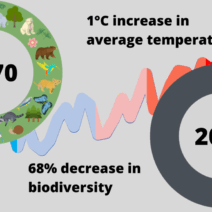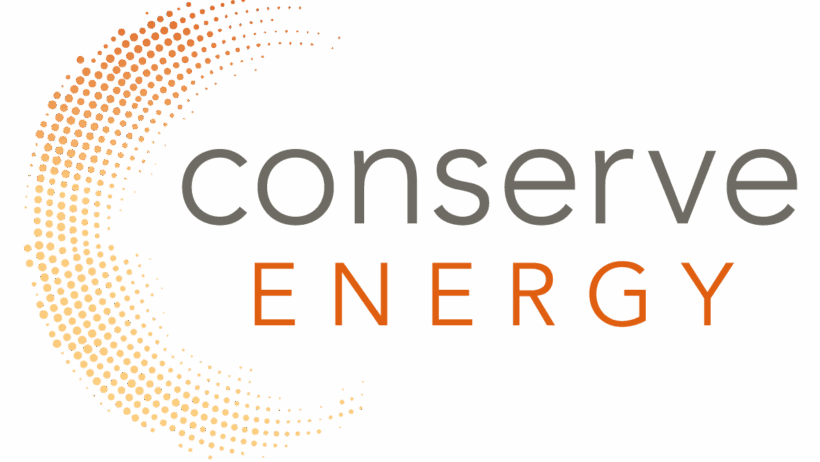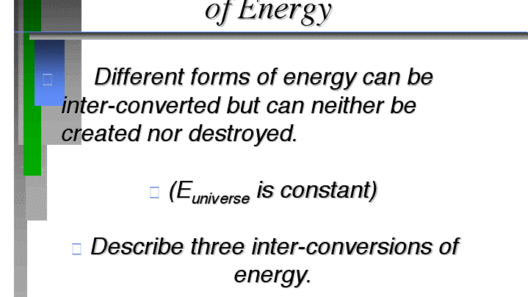Have you ever considered how a few simple steps can lead to a significant reduction in energy consumption in your home? What if you could challenge yourself to be more efficient while saving money and contributing to a healthier planet? This is not just an abstract idea; it’s a tangible goal that can be achieved with deliberate action and a commitment to change. Let’s explore how you can conserve energy around your home, creating a big impact with manageable steps.
Firstly, understanding the essence of energy conservation is crucial. Energy conservation involves modifying daily behaviors and utilizing energy-efficient technologies to reduce energy consumption. It’s about making mindful choices that not only benefit your wallet but also protect our precious environment. Simple changes, such as adjusting your thermostat, can yield remarkable results.
One of the most effective strategies to combat energy waste is by managing temperature efficiently. Heating and cooling account for a significant portion of household energy use. Consider setting your thermostat a few degrees lower in winter and a few degrees higher in summer; this could lead to substantial savings on your energy bills. Additionally, investing in a programmable thermostat can automate these adjustments, ensuring optimal comfort without unnecessary energy expenditure. Imagine coming home to a perfectly warmed living room in the winter, while still knowing you’ve saved energy during the day.
Another area worth examining is your lighting. Many homes still utilize incandescent bulbs, which are notoriously energy-inefficient. Swapping these out for LED or CFL bulbs can reduce energy consumption dramatically. LEDs use up to 80% less energy and last significantly longer than their incandescent counterparts. Plus, they come in various shades and brightness levels, enabling you to customize the ambiance of your home. Have you tried switching to a smart lighting system that allows you to control lights remotely? This not only adds convenience but encourages you to switch off those lights when you’re not in the room.
Now, let’s delve into energy-efficient appliances. If your appliances are old or outdated, consider upgrading to energy-efficient models. Look for the ENERGY STAR label, which signifies that the appliance meets energy efficiency guidelines set by the U.S. Environmental Protection Agency and the Department of Energy. These appliances may have a higher initial cost, but their long-term savings on utility bills can outweigh your upfront investment. Also, don’t forget to unplug devices when they’re not in use. Phantom loads, or energy consumed by electronics in standby mode, can account for up to 10% of total energy use. This is an easy yet often overlooked method to reduce consumption.
The importance of proper insulation and sealing cannot be overstated. An astonishing amount of heat can escape from your home through poorly insulated walls, attics, and floors, leading to increased heating costs. By employing insulation materials and sealing drafts, you can maintain a stable indoor temperature, thereby requiring less energy for heating and cooling. Did you know that simply weatherstripping your windows and doors can significantly minimize energy loss? This is a minor investment with major benefits.
Water heating is another substantial energy consumer in most homes, accounting for roughly 18% of your utility bill. To conserve energy, consider lowering your water heater’s temperature setting to 120 degrees Fahrenheit. Furthermore, insulating your water heater and hot water pipes will reduce energy loss, enhancing efficiency. Additionally, consider a solar water heating system as a sustainable option that can further decrease reliance on traditional energy sources.
Think about your laundry practices as well. Washing clothes in cold water is not only better for the fabric but can also lead to reduced energy usage. Similarly, utilizing a clothesline instead of a dryer can save a significant amount of energy. Have you ever experimented with air drying your clothes? Not only does it save energy, but it also preserves the quality of your garments.
Let’s not forget landscaping and outdoor energy consumption. Planting trees strategically around your home can provide natural shade, reducing the need for air conditioning in the summer. Additionally, ensuring your outdoor lights are energy-efficient or utilizing solar-powered fixtures can further enhance your home’s energy performance.
Educating family members about energy conservation is also essential. Create a collective challenge with family or housemates to see who can reduce their energy consumption the most over a month. The competition can be invigorating, prompting everyone to engage in energy-saving practices more decisively. Perhaps you could establish a reward system for the most impressive reductions. This fosters a culture of sustainability within your household and reinforces the significance of energy conservation.
In summary, conserving energy around your home is not only feasible but essential for fostering a sustainable future. By managing temperature, upgrading lighting and appliances, enhancing insulation, and adjusting water heating methods, you can drastically reduce energy expenditure. Additionally, consider implementing small lifestyle changes that collectively contribute to energy savings. The potential challenge of changing habits may seem daunting, but with determination and teamwork, it is achievable. Start making these adjustments today, not only for your household’s benefit but also for the planet’s health.







